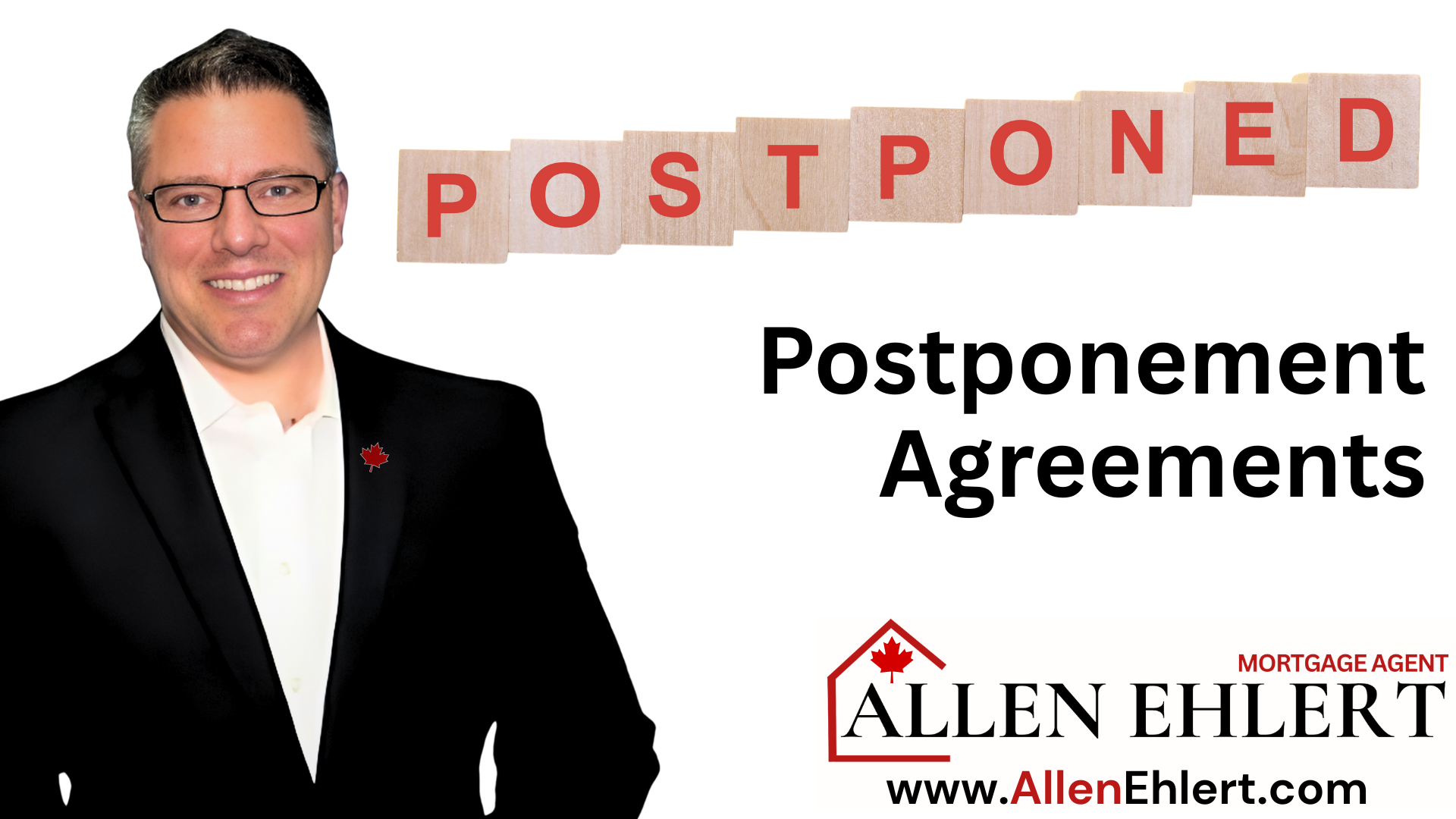How I Advocate for You: The Power of Submission Notes
When you apply for a mortgage, especially if your situation is a little outside the box, it’s easy to feel like you’re just another number. Credit score, income, debts, down payment… it all goes into a formula. But behind that formula is you — your story, your goals, your unique circumstances.
That’s where I come in — not just to gather your documents and punch in the numbers, but to advocate for you. One of the most important tools I use to do that is something called a submission note.
Let me explain what that is, and how it can make a real difference in helping you get approved — whether you’re working with a traditional bank, an alternative lender, or a private lender.
What Are Submission Notes, and Why Do They Matter?
How I Craft Submission Notes to Help You Succeed
Here’s What That Looks Like in Action
How I Tailor Submission Notes Depending on the Lender
I’m Not Just Submitting — I’m Advocating
What Are Submission Notes, and Why Do They Matter?
Think of a submission note as the “cover letter” to your mortgage application. It’s the written summary I send directly to the underwriter — the person who reviews and approves your file — and it tells your story.
When I write your submission note, I’m not just sending in paperwork. I’m putting together a clear, compelling case that answers questions like:
- Who are you?
- What are you trying to accomplish?
- Why does this mortgage make sense for both you and the lender?
- How do we handle any areas that may need extra explanation?
If something in your application is outside the usual guidelines — like self-employment income, recent credit challenges, or limited credit history — this is where I step in to explain why the lender should still be confident in you.
How I Craft Submission Notes to Help You Succeed
Every client is unique, but there’s a structure I follow to make sure I tell your story clearly and completely. Here’s what I typically include:
- Your Profile – Who you are, what you do, and where you’re at in life.
- Your Income – Whether you’re salaried, self-employed, working multiple jobs, or receiving other sources of income.
- Your Credit Picture – Whether it’s spotless or has some past challenges, I explain the context.
- The Property – Details about what you’re buying or refinancing.
- The Purpose – Whether it’s a purchase, debt consolidation, investment, or bridge loan.
- Your Strengths – Equity, good income flow, consistent employment, improving financials.
- Any Risks & How We’re Mitigating Them – If something needs clarification, I explain it upfront.
- Exit Strategy – For short-term or private financing, I outline how the loan will be paid off or transitioned.
Bottom line? I help the lender understand you — not just your numbers.
Here’s What That Looks Like in Action
Let me give you a few real-world examples of the kinds of submission notes I write:
- Refinancing with an Alternate Lender (Self-Employed Client)
- Purchase with a Prime Lender (Newcomers to Canada)
- Bridge Loan with a Private Lender
Refinancing with an Alternate Lender (Self-Employed Client)
You’re a self-employed contractor, and while your tax returns show modest income, your business bank statements clearly show healthy monthly deposits.
Your credit score dipped during COVID, but all your accounts are now up to date, and your debts are trending down.
We’re refinancing your home to consolidate high-interest debt, lower monthly expenses, and improve cash flow. The equity in your home is strong, and your property is in a stable market.
I present this as a temporary step — a 1- or 2-year plan — with a strategy to move you back to a traditional lender once your credit fully rebounds.
Purchase with a Prime Lender (Newcomers to Canada)
You and your partner recently became permanent residents. You’re both employed full-time with stable income and have saved diligently for a down payment.
While you’re still building your Canadian credit, you’ve made all your payments on time and show strong financial habits.
The home you’re buying is in a solid area, well within your means, and you’re not taking on unnecessary risk.
I position this as a great fit for an insured mortgage with long-term potential — and a solid client the lender can grow with.
Bridge Loan with a Private Lender
You’ve sold your current home with a firm closing date, and you’re buying your next property before those sale proceeds come in.
A bridge loan is needed — just a short-term, interest-only mortgage — and the exit strategy is already built-in: your sale closes in 28 days.
There’s plenty of equity in the sold property, and you’ve been on top of your financial obligations.
I frame this request as low-risk, short-term, and fully secured. It’s a straightforward, logical deal for a private lender.
How I Tailor Submission Notes Depending on the Lender
Different lenders look at things differently — and I adjust my strategy based on who we’re working with:
- Prime Lenders (A-lenders)
- Alternate Lenders (B-lenders)
- Private Lenders
Prime Lenders (A-lenders)
With traditional banks or credit unions, submission notes are simple and clean. These lenders follow strict rules, so I focus on verifying the strength of your income, credit, and down payment. If everything checks out, we just need to tie it all together clearly.
Alternate Lenders (B-lenders)
Here, I spend more time telling your story. These lenders are more flexible, especially with credit or income situations. My job is to show them that, while you might not be a fit for a big bank today, you’re a responsible borrower with a plan — and that their loan is well-secured.
Private Lenders
With private lending, it’s all about clarity, security, and an exit strategy. These lenders want to know how and when they’ll get their money back. I explain your situation honestly and professionally, and I highlight the equity and repayment plan to show that this is a good, short-term investment.
I’m Not Just Submitting — I’m Advocating
At the end of the day, I’m not just pushing paper and crunching numbers; I’m advocating for you.
That means taking the time to understand your full story, crafting a submission that’s honest, strategic, and compelling, and ensuring that your application stands out for the right reasons.
Whether you’re a first-time buyer, a seasoned investor, or someone rebuilding after a setback — I’m in your corner. And I’ll make sure lenders see your full potential, not just the numbers on a page.












